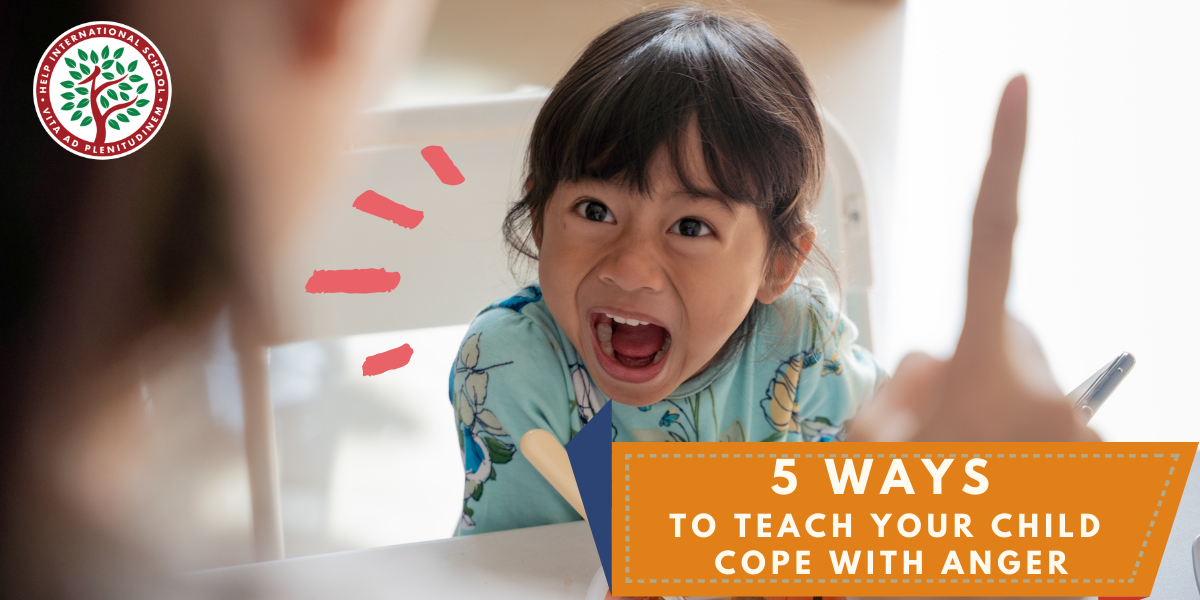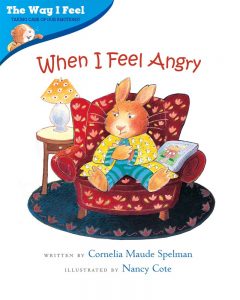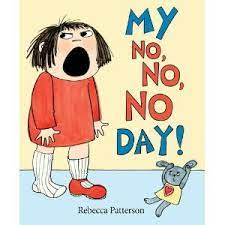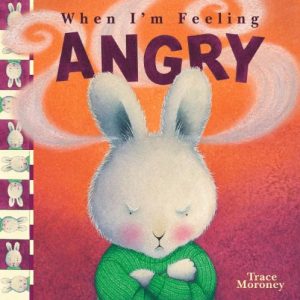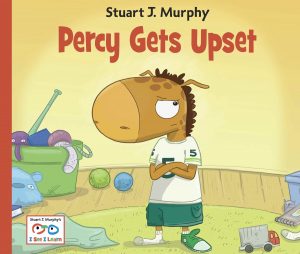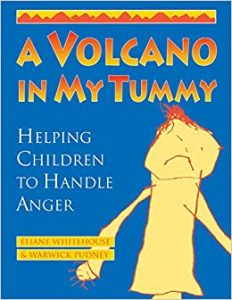I stand and watch helplessly, as my 6 year old screams and kicks on the living room floor because she doesn’t get her way. Her fists are clenched, and she’s gritting her teeth so hard that her jaw is shaking. She starts to throw things around her room to vent her anger.
My 12 year old slams the door at me, when I told him he has to put limits to playing games online.
“I want it now!”, screams my 4 years old when I told him that he can’t have ice cream before dinner.
Do all these scenarios sound familiar?
Anger and sadness are normal, healthy emotions. We all feel angry or sad at one time or another. The key is to help our children recognise the difference between angry feelings and aggressive behavior. Frustration and anger can quickly turn into aggression when children do not have the skills to cope and deal with their overwhelmed emotions.
When parents don’t intervene, aggressive behaviour such as fighting, spitting, screaming and temper tantrums can lead to more challenges such as academic problems, isolation, and poor mental health when they become adults.
For children (and adults) who have trouble taming their tempers, try these five strategies to help them manage their anger:
Teach children to recognise their feelings, so that they know how to use words to express feelings of anger, frustration, and disappointment. For example: “It’s OK to feel angry but it’s not OK to hit someone or damage something.” Help them understand that they have the ability to control their behaviour even when they are angry.
Sometimes, the underlying cause is sadness or embarrassment. Helping them to identify the reason for their anger will help them understand how they can manage it. Exploring why a child feels anger – the triggers and situations – can provide early warning to help them remove themselves from the situation, stop their anger from escalating, and feel in control.
Maybe they feel sad about not being able to be with their friends, or maybe they feel frustrated or fearful, and they lash out in anger because they don’t have the words to verbalise how they feel. Talking to them in a calm manner will help them open up, instead of just telling them to stop yelling or crying.
Over time, children will learn to be more attune to their feelings and more aware of their emotions.
The best way to teach your child how to deal with anger is by showing them how you react and behave when you are angry. When your children watch you lose your temper, they will likely do the same. But, if they see you cope with your feelings in a kinder, calmer way, they too will learn how to do the same. A calm parent usually raises a calm child. Of course, it’s easier said than done.
“I’m so angry that the car cut in front of me without signalling” instead of honking at it angrily will teach your children to verbalise feelings, and will teach them to talk about their emotions.
Be responsible for your behaviour when you lose your temper in front of your children. Apologise and discuss what you should have done instead. Choose to say, “I am sorry that I shouted at you when you split milk all over the kitchen floor. I should have asked you why and how it happened instead of raising my voice.”
This is very helpful so that everyone understands what is acceptable and what is not. Each family has different family rules about what behaviour is acceptable and what isn’t when it comes to anger. Some families are okay with raised voices or shouting while other families are not.
Putting down clear and firm rules – for example hitting, name-calling and damage to property is unacceptable – will help your children understand that there are limits and consequences to certain behaviours.
Acknowledge their anger, but try to be the calm presence that walks them through some alternatives to deal with their anger. Instead of just saying, “Don’t hit your brother, or stop shouting at your brother”, explain what they can do when they are angry or frustrated. “Use your words, tell him why you’re angry”, or “walk away when you find that it’s getting hard to control your anger.”
Make a list with your child of the triggers so they can learn to recognise the signs. Then make a list of the things that might help them calm down – listening to music, playing a musical instrument, colouring or some art work – help them identify how to get to a calm, happy place. Practice it with them, role-play can be a valuable way for them to recognise how a situation is escalating and how they can start to defuse it. Teach them how to remove themselves from a situation and take some time out to calm down – allow them to learn that this is not a form of punishment but some time to reflect and recollect themselves before facing the situation again.
Encourage your child to see things from another point of view. Putting themselves in the other person’s shoes.
-
- How would the other person feel if I took away their toy?
-
- Perhaps it was an accident rather than something they did on purpose.
- Perhaps they are just having a bad day.
It is also important to teach them that people can change; your child is having a bad day and sometimes behaves badly, but it doesn’t mean that he/she is a bad person. It is also a lesson of forgiveness, of themselves and of others, and to know that they are capable of change.
Conclusion
We need to help our children understand and expect that they will experience a variety of feelings as they go through life, including anger. It’s normal to feel angry at times. It’s what they do with those feelings that matter.
Lastly, each child is unique in how they process and respond to anger. So, don’t be discouraged if what you try doesn’t work. It will involve some trial and error before finding the best strategy for your child.
Books which we recommend to read with your child:
“When I Feel Angry” (The Way I Feel Books) by Cornelia Maude Spelman
Reading about how bunny rabbit manages her angry feelings will provide children with some simple strategies of how they can recognise their emotions and to take care fo them.
“My No No No Day” by Rebecca Patterson
Read how a bad day where everything goes wrong can be a better day tomorrow.
When I’m Feeling Angry by Trace Moroney
Have you ever been so angry that you felt like you could explode? Learn how this little rabbit learns to feel better.
Percy Gets Upset (I See I Learn) by Stuart J. Murphy
When Percy is upset he scowls and stamps his feet. But read about how he calms down when he learns to take a deep breath, count to ten, and talk about his feelings.
A Volcano in My Tummy: Helping Children to Handle Anger by Eliane Whitehouse
This book for adults and children ages 6 to 13, offers engaging, well-organised activities to understand and deal constructively with children’s anger.

